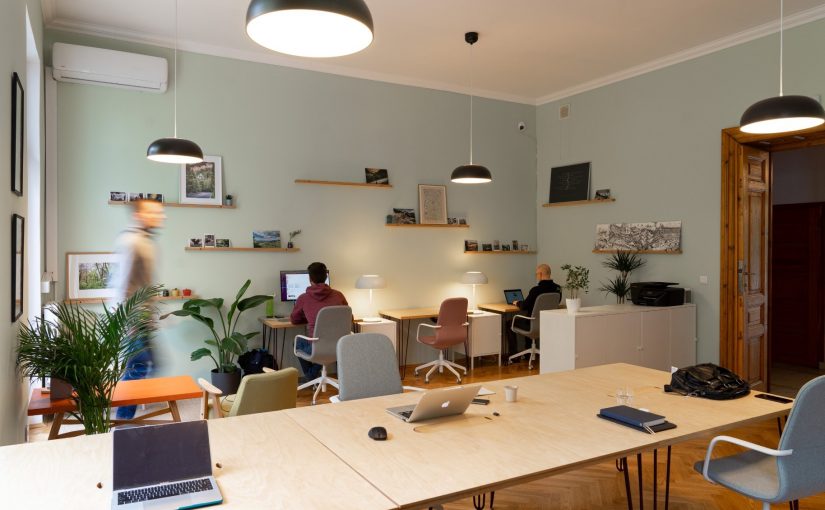Since COVID-19 outbreak and lockdown, businesses are re-evaluating their approach to running large head offices, especially as their employees are expected to come out of furlough and return to work.
A recent report by JLL stated that ‘hybrid models’ of workspaces are becoming more popular, where both co-working spaces and private offices are blended to give companies greater flexibility in work patterns.
Although the demand for flexible workspaces is expected to grow over the coming months as things begin to return to something resembling normality, greater provision for privacy is sought as a direct result of the pandemic.
It’s true to say that the priorities for tenants, as well as corporate employers have turned to hygiene and safety. Flexible space operators have been quick to respond with increased social distancing, at the cost of occupancy and a greater provision of private spaces for businesses and individuals to hire.
Although the report stated the obvious downturn in demand during lockdown, it paints a rosier picture of the longer term outlook stating that demand is expected to rise in the coming months and years ahead.
This is particularly so for the larger corporate businesses, as the report states, ‘A global survey conducted by JLL revealed that 67% of CRE decision-makers of large corporates are increasing workplace mobility programmes and incorporating flexible space as a central element of their agile work strategies.’
And it further goes on to state, ‘In a revived post-pandemic market where flexibility is high on the corporate agenda & the purpose of the office is centred around collaboration, flexible space should emerge stronger than ever and growth could quickly return to its impressive pre-COVID rates.’
The hybrid approach of combining both coworking and private office facilities may well be the future, with some operators in the space already adapting their available spaces into enclosed ‘pods’ that allow the user a separate space, albeit in a small area.
One thing that appears certain, is that the appetite is out there for workers to return to work in flexible spaces, as long as they feel that their health and wellbeing is properly considered.
On the part of employers, whilst it’s already been widely reported that many do not see themselves returning to having large numbers of staff in large office buildings, they too are regarding health, hygiene and general wellbeing as their highest priorities.
As the report concludes:
‘Flexible offices are likely to represent something of a ‘middle way’ between corporate HQ’s and the more dispersed demand for remote working.’
We will watch with interest as the fallout from the Covid-19 Pandemic and its ongoing effects unfold across the flexible space industry.
